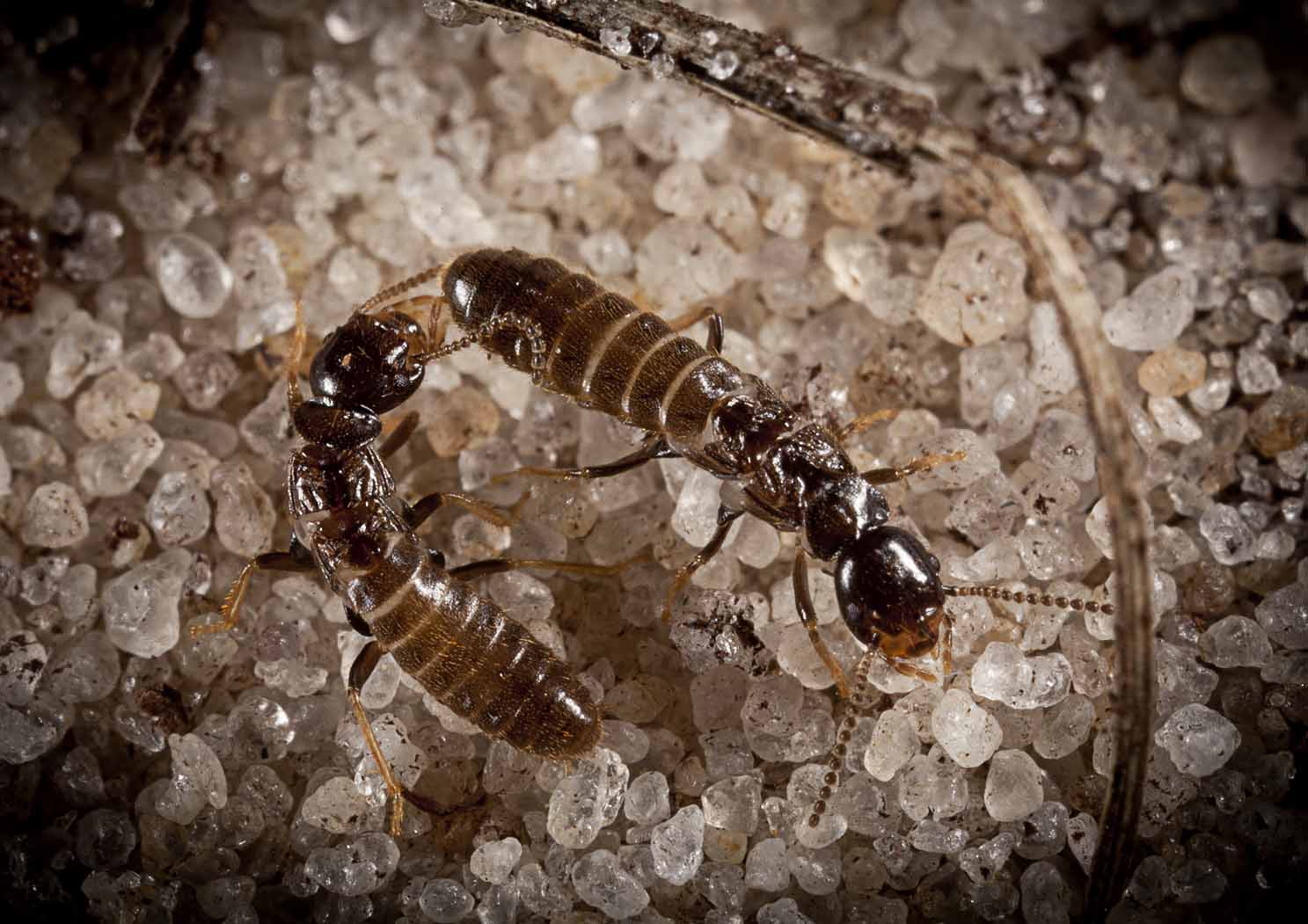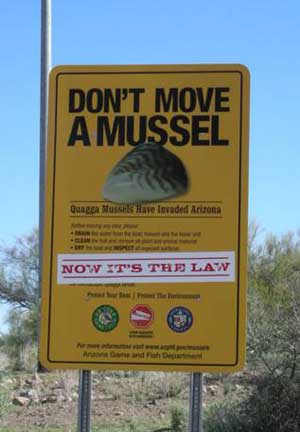The Edible Dormouse or Glis Glis
Note: From time to time I allow people to write articles which I believe will be of interest to our community. This article while pretty much exclusive to the United Kingdom was interesting in that mice are quite intrusive no matter where they live. I also do advise people that in some cases pest control can be handled by the Do It Yourselfer but you also can get in over your head and the opinions and advice from a Pest Management Professional should be sought. Dr Bug!
What is a Glis Glis?
The Edible Dormouse is originally from continental Europe and was introduced in the United Kingdom in 1902 as part of a private wildlife collection at Tring in Hertfordshire. Due to an accidental escape, it now lives in the forests and countryside where it reached a population estimated at 10,000 rodents located within 25 miles of Tring.
The Edible Dormouse is one of the biggest rodents present in the United-Kingdom as it can reach 30 centimeters long. The Glis Glis has grey fur and similar to a young squirrel; it has big eyes and a long tail which it can spontaneously cast off in a situation of danger. Herbivorous, it feeds on fruits and nuts but if food is scarce it adapts and can eat plants, invertebrates and eggs. The Glis Glis is a great climber and usually inhabits in forested habitats and seeks shelter in bird nests, hollowed trees and caves.
Why is it considered as a pest?
Glis Glis are considered as one of the 14 threats to Britain’s countryside as they destroy crops and trees as well as electrical cables and wires due to their constant gnawing. A nocturnal rodent; Glis Glis will seek refuge during daylight and during hibernation. They will seek shelter in outbuildings, homes (basements) and business premises and may damage property and belongings. This can be very dangerous as an example, gnawing of an electric cable in your property can lead to a fire.
For those reasons, it is highly recommended to eliminate/manage any Glis Glis infestation, however, as it is protected species by the Wildlife & Countryside Act of 1981, restrictions apply in how to proceed.
How do I know if I have Glis Glis in my property or business and outlying areas?
First and foremost, Glis Glis hibernate for almost seven months; from autumn to spring (May to October). Therefore during that period, it will be difficult to find proof of the existence of the Glis Glis as their activity is very limited.
Because of their nocturnal nature, they remain inactive during daylight for fear of predators. Most of the damage caused by their behavior will be done at night.
To know if you have Glis Glis on your property, look for:
- Gnawed electrical cables.
- Scratching noises and movements coming from tree branches and bird nests.
- Damaged young trees or missing bark.
- Missing fruits from plants.
- Most damage will be in your kitchen or basement, Glis Glis are very intrusive animals.
The Edible Dormouse or Glis Glis is protected species, so what can I do?
Indeed, Glis Glis is protected by the Wildlife & Countryside Act 1981 which prohibits certain methods of killing and trapping except under license. The trapping or killing of Glis Glis can take place if it is a matter of public health or public safety, in prevention of serious damage to crops, fruits, livestock etc. This means that only pest control experts who are certified to do so under license can take action. Homeowners can apply for a license for live trapping Edible Dormice; however this is subject to several rules and restrictions.
Prevention is always the best first steps to take. A few steps can be undertaken to make your house/business rodent proof. You will find how to do so in the Tips & Advice section of our website or by clicking here.
Victor®, the global leader in rodent control, offers a variety of innovative mouse control solutions such as Live Mouse Traps and rodenticides to help you with all your rodent control needs. Victor® has all the information you need to get rid of the rat in your home.






